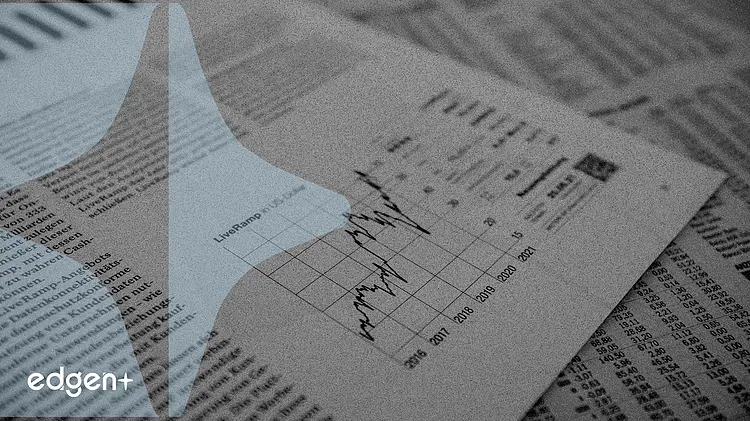来源:[1] 骏利亨德森全球生命科学基金2025年第三季度投资组合更新 (https://seekingalpha.com/article/4838873-janu ...)[2] 财报电话会议记录:兰修斯2025年第二季度业绩不及预期,股价暴跌 - Investing.com (https://vertexaisearch.cloud.google.com/groun ...)[3] 骏利亨德森全球生命科学基金2025年第三季度评论 | Seeking Alpha (https://vertexaisearch.cloud.google.com/groun ...)
